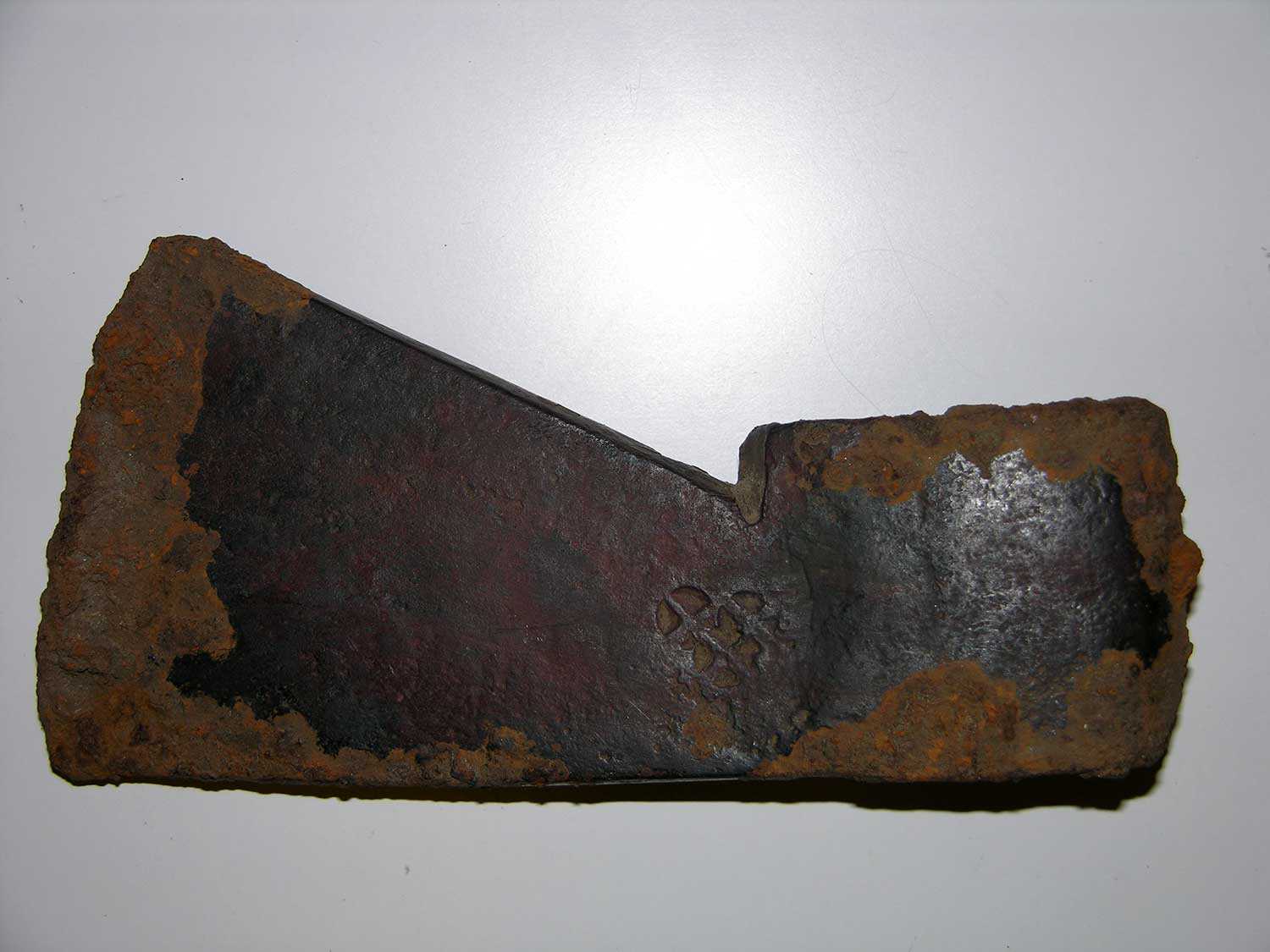

Browse by category
- Adaptive reuse
- Archaeology
- Arts and creativity
- Black heritage
- Buildings and architecture
- Communication
- Community
- Cultural landscapes
- Cultural objects
- Design
- Economics of heritage
- Environment
- Expanding the narrative
- Food
- Francophone heritage
- Indigenous heritage
- Intangible heritage
- Medical heritage
- Military heritage
- MyOntario
- Natural heritage
- Sport heritage
- Tools for conservation
- Women's heritage

- Home
- Adaptive reuse
- Archaeology
- Arts and creativity
- Black heritage
- Buildings and architecture
- Communication
- Community
- Cultural landscapes
- Cultural objects
- Design
- Economics of heritage
- Environment
- Expanding the narrative
Expanding the narrative
This is part of a broader conversation about whose history is being told, about gender, people of colour and the economically disenfranchised, and others whose stories have been overlooked or intentionally omitted from the authorized discussion.
- Food
- Francophone heritage
- Indigenous heritage
- Intangible heritage
Intangible heritage
Intangible cultural heritage includes language, traditions, music, food, special skills, etc.
- Medical heritage
- Military heritage
- MyOntario
- Natural heritage
- Sport heritage
- Tools for conservation
- Women's heritage
Digging up yesterday
By
Dena Doroszenko
Archaeology, Cultural objects, Tools for conservation
Published Date: Feb 16, 2006
Reesor live on a property near Bass Lake, Ontario that is protected by an Ontario Heritage Trust natural heritage easement. They lovingly care for this land and are interested in its history. The easement protects a portion of their property – specifically, a wetland area which also has a remnant of the original Old Barrie Road through the south end. The area surrounding Bass Lake is known to contain numerous archaeological sites, so it is not surprising that an Iroquoian site was discovered on the Reesor property in 2001.
In summer 2005, during a routine Trust site visit, John Reesor brought out a find he made while digging near his c. 1840 farmhouse – a remarkably well preserved 17th-century French trade axe (shown here). The term “French trade axe” or “hache de traite” applied to many types of axes traded during the French regime in New France. Iron axes were tools commonly used by aboriginals following contact with Europeans. Based on its weight, markings and measurements, this particular axe can be dated to the 1640s.
This remarkable find is not uncommon. Throughout Ontario, people are digging up yesterday with sometimes surprising, yet always fascinating, results. They may not be as old as a 17th-century axe, but every shard of our past tells us something more about our unique heritage.
RelatedStories

- 01 Oct 2019
- Economics of heritage
Archaeology
Community - Author: Donovan Rypkema,
Nine ways that heritage conservation is good for the economy
Advocates for heritage conservation have traditionally made their case on the basis of architectural character, cultural significance, social relevance, esthetic quality and other values of...

- 17 Feb 2017
- Indigenous heritage
Archaeology
MyOntario - Author: Jean-Luc Pilon,
The gift of time travel
In the summer of 1982, I was carrying out archaeological research near the shores of Hudson Bay on the Severn River. One of the sites...

- 17 Feb 2017
- Archaeology
MyOntario - Author: William R. Fitzgerald,
A divine intersection of history and archaeology
Suspicion, fear, and intimidation met Jesuit priests Jean de Brébeuf and Pierre-Joseph-Marie Chaumonot during their Mission of the Angels to “la Nation Neutre” between November...

- 17 Feb 2017
- Archaeology
MyOntario - Author: Dr. Patrick Julig,
Reflections on ancient quarry sites of northern Ontario
In the 1980s-90s, I excavated at Cummins and Sheguiandah National Historic Site quarry/ workshops in northern Ontario – in addition to many neat places elsewhere...

- 09 Oct 2015
- Archaeology
- Author: Dr. Robert I. MacDonald,
Challenges of archaeological collections management
While buildings are among the most visible elements of heritage landscapes, they are frequently like the tip of the proverbial iceberg, associated with vast underground...

- 09 Oct 2015
- Archaeology
- Author: Patryk Weglorz,
Resources: Revealing the past: Ontario's archaeological heritage
Online Archaeological Institute of America Canadian Archaeological Association Canadian Conservation Institute Canadian Museum of History Council for North Eastern Historical Archaeology (CNEHA) Historic England Huronia...

Sustaining Ontario’s archaeology digitally
Archaeology has a long history of turning to new technologies to advance the pursuit of understanding our ancient past. From measuring the decay of carbon...

- 09 Oct 2015
- Archaeology
- Author: Archaeology Program Unit at the Ministry of Tourism, Culture and Sport,
By the numbers
Archaeology is an important part of the planning and development process in Ontario. Each year, thousands of archaeological assessments are completed by licensed archaeologists to...

- 09 Oct 2015
- Archaeology
- Author: Dr. Alicia Hawkins,
The history of archaeological investigations at the Thomson-Walker Site
Huronia – the point of land jutting out into the southern end of Georgian Bay – has caught the imagination of historians and archaeologists for...

- 09 Oct 2015
- Archaeology
- Author: Lena Rye,
Breaking ground
On a July morning in 2010, an 11-year-old girl arrived at Toronto’s Spadina House. Excited and only slightly scared, she wondered what the next two...

- 09 Oct 2015
- Archaeology
- Author: Martha Latta, Richard Zane Smith and Michel Savard,
Looking at archaeology from all angles
Every archaeological artifact tells its own unique story. But what it says can be – and is – interpreted differently, depending on who is examining...

- 09 Oct 2015
- Archaeology
- Author: Ron Williamson,
Archaeology 101
What is archaeology? This may seem like a straightforward question, but you would be surprised with the answers that Canadians give to this question. In...

- 05 Dec 2014
- Archaeology
Buildings and architecture - Author: Dena Doroszenko and Romas Bubelis,
Perspectives on a site: Artifacts, fragments and layers
When the Trust conserves a property as complex as Macdonell-Williamson House, we consider a variety of perspectives related to the site as an artifact –...

- 05 Dec 2014
- Buildings and architecture
Cultural objects - Author: Sam Wesley,
Understanding Macdonell-Williamson House through four artifacts
It is tempting, while admiring Macdonell-Williamson House’s centuries-old stone walls, Palladian grandeur and picturesque setting, to conjure up an era defined by continuity – when...

- 10 May 2013
- Community
Tools for conservation - Author: Robert Tremain,
Oil Springs Heritage District: Working from the ground up
In the mid-19th century, southwestern Ontario was Canada West’s last frontier, where lines of travel, civility and comfort faced the untamed. From these impassable wetlands...

- 10 May 2013
- Buildings and architecture
Tools for conservation - Author: Ontario Heritage Trust,
Resources: Building communities: Heritage conservation districts
What's on the shelf Full Frontal T.O. – Exploring Toronto’s Architectural Vernacular, by Shawn Micallef with photographs by Patrick Cummins. Coach House Books, 2012. For...

- 10 May 2013
- Buildings and architecture
Community
Tools for conservation - Author: Jim Leonard,
Heritage conservation districts: The most popular tool in the heritage toolkit?
When the Ontario Heritage Act came into force in 1975, municipalities across the province suddenly had the authority to protect and enhance “groups of properties...

- 10 May 2013
- Buildings and architecture
Community
Tools for conservation - Author: Mark Warrack,
How districts change
Meadowvale Village – a once-small, rural village – is located on the Credit River at the north end of the City of Mississauga. In the...

- 10 May 2013
- Buildings and architecture
Community
Tools for conservation - Author: Joan Mason,
Grassroots heritage: The stewards of New Edinburgh
Located in the City of Ottawa at the confluence of the Rideau and Ottawa rivers is the historical community of New Edinburgh. With its roots...

- 15 Feb 2013
- Archaeology
Arts and creativity - Author: Katherine McIntyre,
Archeological treasure in a provincial park
Reprinted with permission (Windspeaker, Volume 28, Issue 4, 2010) North America’s largest collection of petroglyphs remained undisturbed for centuries. Then in 1954, three geologists out...

- 10 Nov 2011
- Black heritage
Archaeology - Author: Dena Doroszenko,
Breaking ground virtually: Looking through the Henson Family cemetery
Many have forgotten how influential Harriet Beecher Stowe’s novel Uncle Tom’s Cabin was at the time of its 1852 publication. It was a catalyst for...

- 31 May 2011
- Tools for conservation
- Author: Ontario Heritage Trust,
Resources: Investing in preservation
Stanley Barracks: Toronto’s Military Legacy, by Aldona Sendzikas Dundurn Press. Stanley Barracks begins with the construction in 1840-41 of the new facility that replaced the...

- 31 May 2011
- Archaeology
Tools for conservation - Author: Dena Doroszenko,
Seeing the unseen: Archaeology and geophysics
As population growth results in substantial impact to Ontario’s landscapes, efficient and cost-effective methods to locate, map and acquire information from archaeological sites are needed...

- 31 May 2011
- Tools for conservation
- Author: Julian Smith and Tom Riddolls,
Lessons in preservation: A profile of two Ontario schools
Willowbank School of Restoration Arts Willowbank School of Restoration Arts is an emerging institution that reflects what Gustavo Araoz, President of the International Council on...

- 31 May 2011
- Buildings and architecture
Natural heritage
Community
Tools for conservation - Author: Sean Fraser, Erin Semande and Mike Sawchuck,
Investing in preservation
It is an unfortunate reality that the preservation of our heritage remains the exception rather than the norm. What is a common-sense approach to living...

- 06 May 2010
- Tools for conservation
- Author: Sean Fraser,
Heritage starts here: A brief history of identification
Why do we make lists? It’s an everyday activity, one that almost everyone does without even thinking about it. At a practical level – whether...

- 11 Feb 2010
- Indigenous heritage
Archaeology - Author: Robert Pearce,
The archaeology of southwestern Ontario
Southwestern Ontario has an extremely rich and diverse cultural history dating back 11,000 years. We can follow human history and settlement through archaeology in this...

- 10 Sep 2009
- Indigenous heritage
Buildings and architecture
Community
Cultural objects - Author: Kathryn McLeod,
Christ Church and the Queen Anne Silver
Located in Tyendinaga Mohawk Territory on the Bay of Quinte, Christ Church houses a silver communion service dating to 1712. This remarkable service represents an...

- 10 Sep 2009
- Buildings and architecture
Arts and creativity
Cultural objects - Author: John Wilcox,
Adventures in light and colour
Light is a fundamental aspect of all architecture, especially places of worship. Light has always been considered a manifestation of the spirit, providing guidance, comfort...

- 28 May 2009
- Buildings and architecture
Community
Tools for conservation - Author: Sean Fraser,
Subsidizing demolition
In nature, there is no such thing as waste. Nature operates in an endless web of interconnected cycles of use, transformation and reuse. The concept...

- 28 May 2009
- Environment
Tools for conservation
Food - Author: Laura Hatcher,
100-mile conservation
Increasingly, people are becoming more aware of not just what they eat, but where their food originates. While the concept is by no means new...
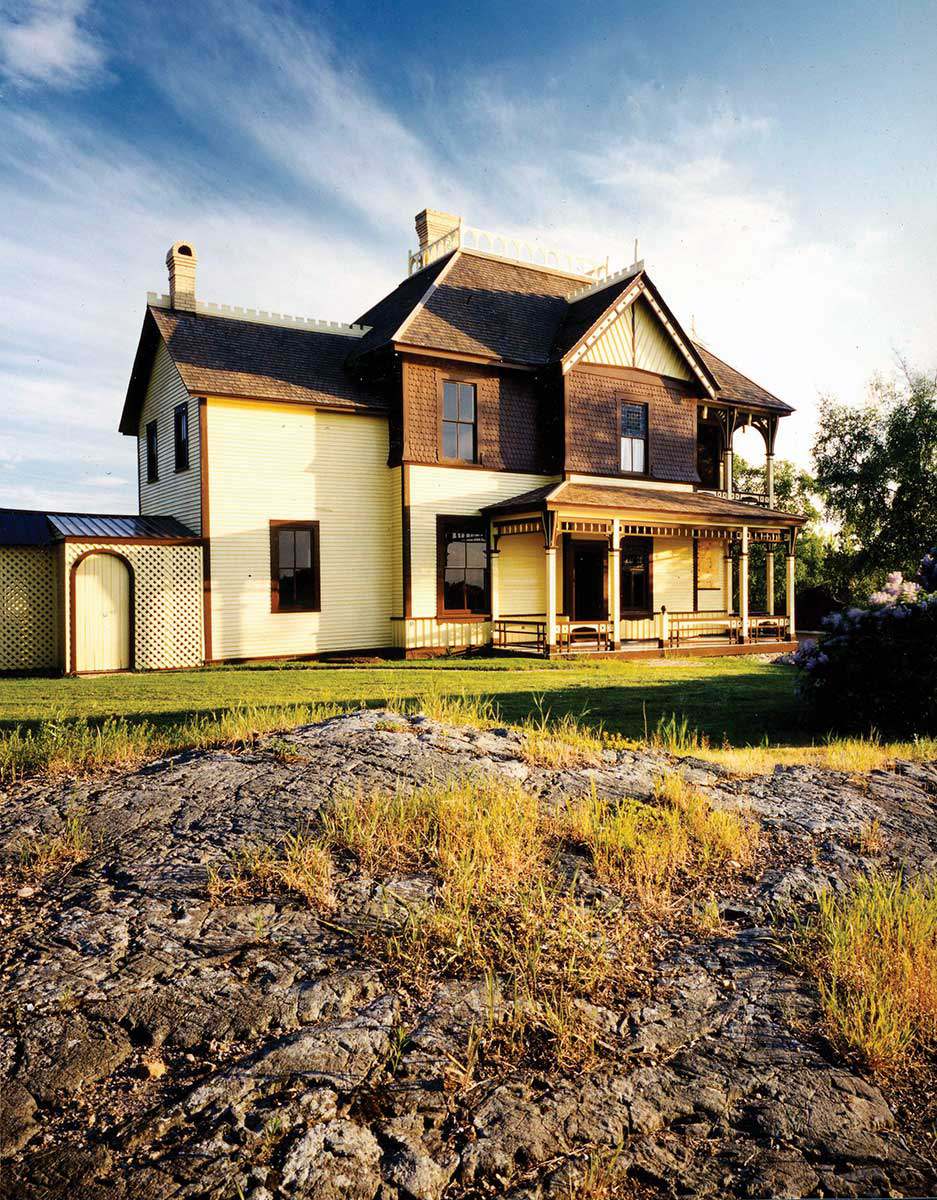
- 12 Jun 2008
- Cultural objects
- Author: Simonette Seon-Milette,
From the Mather-Walls collection
Perched on a hill in the town of Keewatin (now Kenora) stands a majestic Queen-Anne style house known as Mather-Walls House. This cream-and-chocolate-coloured two-storey wood...

- 14 Feb 2008
- Tools for conservation
- Author: Tony Buszynski,
Grassroots conservation
As the century progresses, there is an increasing sense of urgency about the need to preserve our precious natural heritage. Recent publicized discussions of global...

- 14 Feb 2008
- Community
Tools for conservation - Author: David Tremblay,
Community conservation: Ingredients for success
For the past seven years, a group called SOS-Églises has led the fight to preserve two century-old village churches in Essex County. Located in Pointe-aux-Roches...

- 14 Feb 2008
- Buildings and architecture
Cultural objects - Author: Kathryn Dixon,
Friends of the Trust
Throughout its 40 years, the Ontario Heritage Trust has developed strong partnerships with local communities. Among these partnerships are those with the groups whose efforts...

- 14 Feb 2008
- Community
Tools for conservation - Author: Ontario Heritage Trust,
Resources: Engaging citizens in community conservation
What's on the shelf Old Canadian Cemeteries: Places of Memory, by Jane Irwin with photographs by John de Visser (2007) Firefly Books. Canada abounds in...

- 10 May 2007
- Buildings and architecture
Community
Tools for conservation - Author: Beth Hanna,
The R’s of conservation
An earlier generation spoke of the three R’s as “Reading, ‘riting and ‘rithmetic.” They were the fundamentals of education in the 19th century and considered...

- 10 May 2007
- Archaeology
Natural heritage - Author: Dena Doroszenko and Sean Fraser,
Tools through time: Protecting the past for the future
Identifying and protecting places in our communities that have cultural heritage value is an important part of managing change. Heritage buildings, archaeological sites and cultural...

- 10 May 2007
- Buildings and architecture
Community
Tools for conservation - Author: Sean Fraser,
Leading the way in municipal heritage planning
What’s happening in your community? With significant amendments to the Ontario Heritage Act in April 2005 and a strengthening of the Provincial Policy Statement (PPS)...
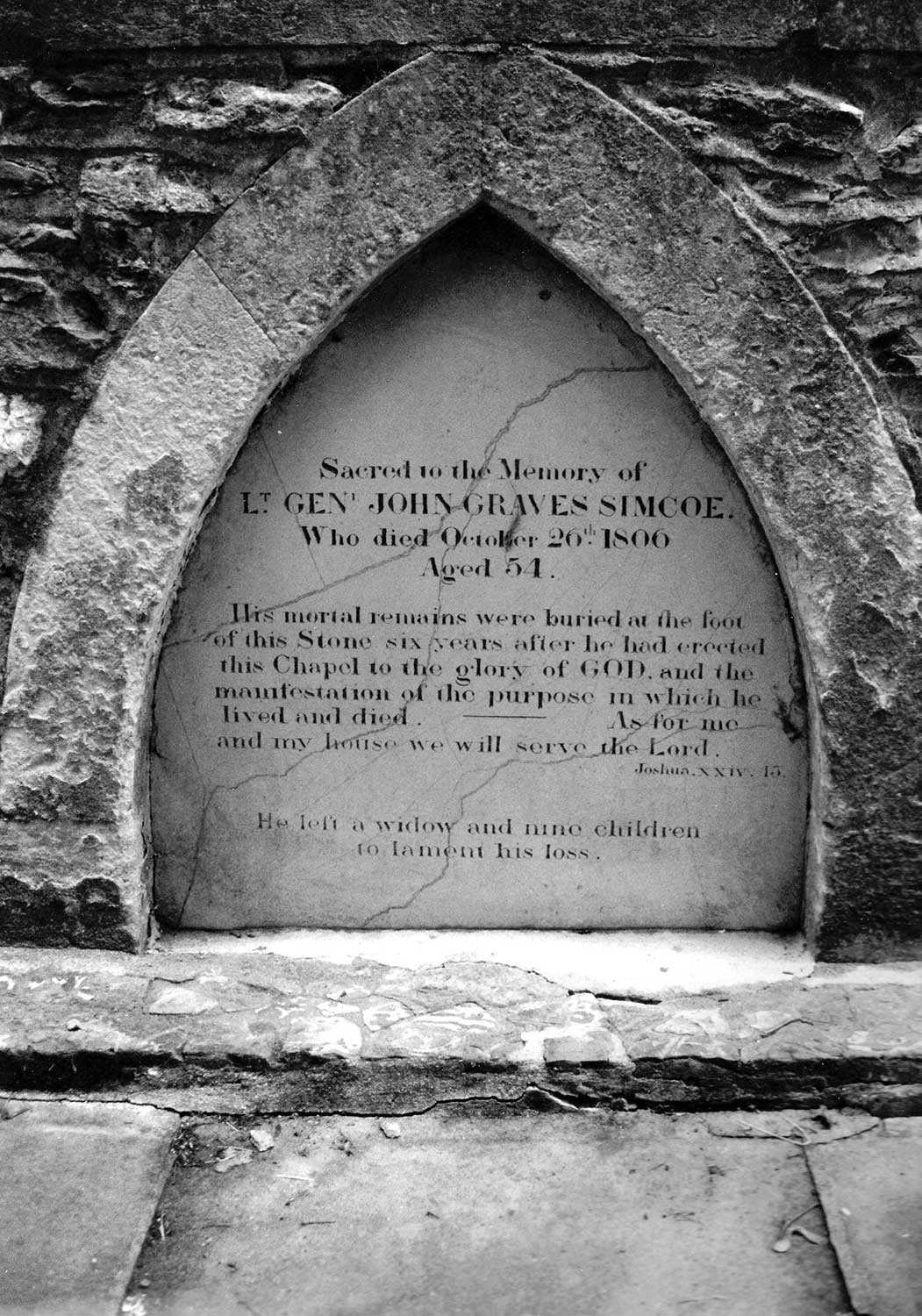
- 15 Feb 2007
- Military heritage
Cultural objects - Author: Beth Anne Mendes,
Celebrating our first Lieutenant Governor
On October 26, 2006, commemorative events were held at Fort York in Toronto and at Wolford Chapel in Devonshire, England to mark the 200th anniversary...
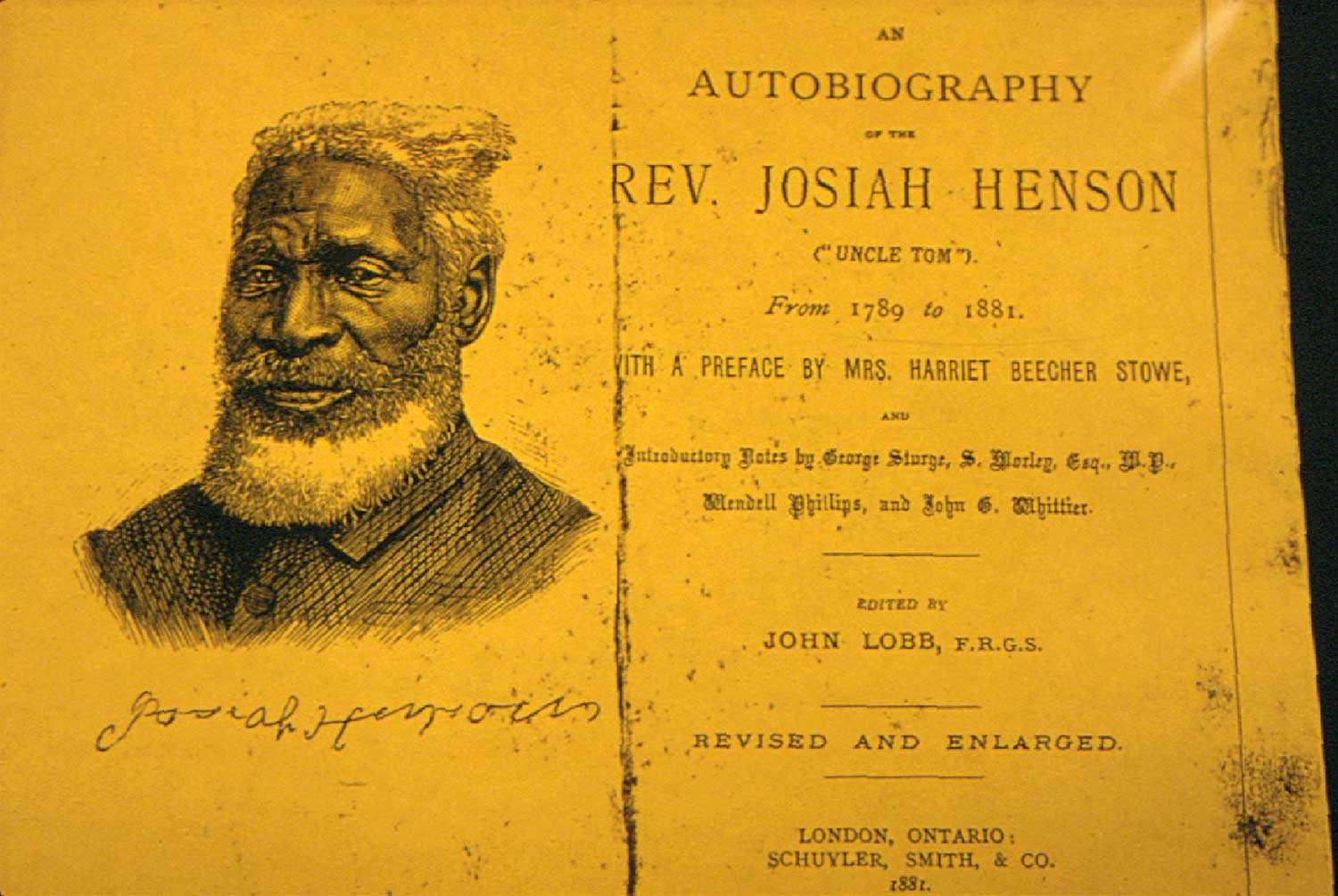
- 15 Feb 2007
- Black heritage
Cultural objects - Author: Wayne Kelly and Steven Cook,
Carving out a place in our history
Josiah Henson travelled to London, England in 1851 to attend the first World’s Fair – also known as the Great Exhibition or Crystal Palace Exhibition...

- 15 Feb 2007
- Economics of heritage
Tools for conservation
Communication - Author: Richard Moorhouse,
The future of heritage: The next 40 years
With this anniversary, the Ontario Heritage Trust is celebrating its accomplishments while also looking to the future. Preserving our heritage is an ongoing endeavour; the...

- 15 Feb 2007
- Buildings and architecture
Cultural objects
Tools for conservation - Author: Romas Bubelis and Nick Holman,
Heritage conservation at our front door
The term “porte-cochère” has continental flair, though humble origins. In French, it means “carriage door” and originally referred to a covered entryway into a courtyard...

- 15 Feb 2007
- Archaeology
Cultural objects - Author: Dena Doroszenko,
Underground discoveries
In a wooded area near Coldwater, an archaeological site known as Thomson-Walker lies beneath the forest floor. The property on which the site is situated...

- 07 Sep 2006
- Archaeology
- Author: Dena Doroszenko,
Uncovering family history
Built in Perth in 1823, Inge-Va represents one of the finest Neo-Classical Georgian houses in Eastern Ontario. In its refined, park-like setting, the house also...

- 07 Sep 2006
- Cultural objects
- Author: Simonette Seon-Milette,
Keeping a paper trail – How to preserve your paper artifacts
Books, cards, certificates, letters, diaries, manuscripts, maps, paper currency, newspapers, deeds, paintings and photographic prints ranging from the late 1700s to the late 1900s all...
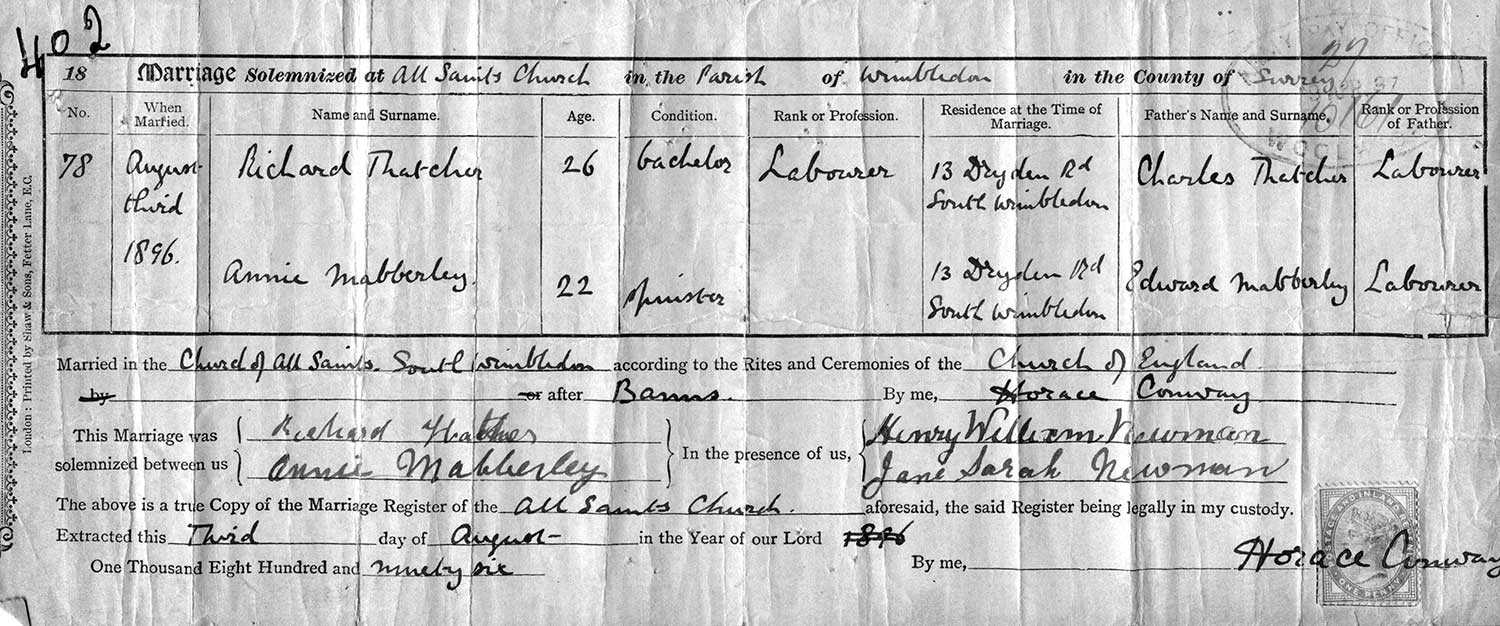
- 07 Sep 2006
- Cultural objects
- Author: Gordon Pim,
Digging in the archives
Genealogical research can be challenging, frustrating and ultimately rewarding as you wade through hundreds of records and personal artifacts. If you have reached an impasse...

- 07 Sep 2006
- Cultural objects
- Author: Pam Brooks,
Our porcelain past
Fulford Place in Brockville was the residence of Senator George T. Fulford – an important businessman, politician and philanthropist. When completed in 1901, the house...

- 07 Sep 2006
- Buildings and architecture
Community
Cultural objects - Author: Erin Semande,
The biography of a house: If these walls could speak
Researching family history is a popular pastime for many who want to uncover their family’s unique past and discover how they contributed to Ontario’s growth...

- 25 May 2006
- Natural heritage
Tools for conservation - Author: Jeremy Collins,
The anatomy of a heritage conservation easement: Building the framework for a conservation partnership
Private landowners are often faced with a difficult dilemma – how to preserve the heritage of their land for future generations in a world where...

- 16 Feb 2006
- Buildings and architecture
Community
Tools for conservation - Author: Gordon Pim,
Winning the battle
There are countless examples across the province of successful restorations of Ontario’s treasured heritage sites. Although the challenges are great – funding being the primary...

- 16 Feb 2006
- Tools for conservation
- Author: John Blumenson,
ICOMOS Canada 2005
Until the late 1800s, heritage had been primarily a national, almost insular concern. The concept of international heritage preservation began to be seriously considered in...

- 16 Feb 2006
- Cultural objects
Tools for conservation - Author: Simonette Seon-Milette,
Historic scenery makes second debut
After being in storage for over 75 years, a dynamic set of theatre scenery will be displayed again at the Elgin and Winter Garden Theatre...

- 16 Feb 2006
- Archaeology
Buildings and architecture
Cultural objects
Tools for conservation - Author: Romas Bubelis,
Historic wallpaper: Finding what’s beneath
Wallpapers first appeared in Canada as early as the mid-17th century. These oldest papers were block-printed, hand-painted or stenciled. Pattern and colour was applied to...

- 16 Feb 2006
- Archaeology
Buildings and architecture - Author: Ontario Heritage Trust,
Breaking news: Saving our First Parliament
It was announced on December 21, 2005 that the site of Ontario’s first parliament buildings in Toronto has been saved. The Ontario Government, in partnership...

- 08 Sep 2005
- Archaeology
Buildings and architecture - Author: Dena Doroszenko,
Unearthing the past: Discoveries at Macdonell-Williamson House
Built in 1817, Macdonell-Williamson House in eastern Ontario reflects the ambitions and aspirations of retired fur trader, John Macdonell. His life was fraught with financial...

- 08 Sep 2005
- Buildings and architecture
Tools for conservation - Author: Ontario Heritage Trust,
The healthy roof: Staying on top of heritage preservation
The following excerpt appears in Well-Preserved: The Ontario Heritage Foundationʼs Manual of Principles and Practice for Architectural Conservation (Third Revised Edition), by Mark Fram (Boston...

- 08 Sep 2005
- Buildings and architecture
Tools for conservation - Author: Barbara Heidenreich and Jeremy Collins,
New natural heritage easement properties
John Edward (Ted) Greenwood Sanctuary On March 30, 2005, the Ontario Heritage Foundation received – from Mary Greenwood of Nakara, Australia – a 100-acre (40-...

- 19 May 2005
- Buildings and architecture
Tools for conservation - Author: Ontario Heritage Trust,
Working with superstructures: The framework for Ontario's heritage buildings
Last issue, we discussed the importance of a solid foundation when preserving heritage structures. In this issue, we see how a buildingʼs skeleton holds everything...

- 19 May 2005
- Buildings and architecture
Cultural objects - Author: Ontario Heritage Trust,
The Homewood collection
As you drive east along Highway 2 between Brockville and Prescott, you will find the robust Georgian Homewood Museum deeply set back from the road...
- Accessibility
- Privacy statement
- Terms of use
- © King's Printer for Ontario, 2023
- Photos © Ontario Heritage Trust, unless otherwise indicated.

- Accessibility
- Privacy statement
- Terms of use
- © King's Printer for Ontario, 2023
- Photos © Ontario Heritage Trust, unless otherwise indicated.

